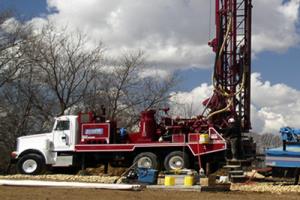 During the first quarter of 2022, statewide precipitation averaged two inches compared to a normal twelve inches according to the California Department of Water Resources. The situation is exacerbated by a 55 percent fall in the Sierra snowpack.
During the first quarter of 2022, statewide precipitation averaged two inches compared to a normal twelve inches according to the California Department of Water Resources. The situation is exacerbated by a 55 percent fall in the Sierra snowpack.
For the previous drought years of 2013 and 2015, the first quarter registered three and five inches respectively. Accordingly, the Department of Water Resources has reduced the State Water Project allocation to five percent of requested supplies for 2022.
Ian LeMay, President of the California Fresh Food Association noted, "our best-case scenario will be to balance pumping and service deliveries from lakes, and we must rely on our aquifer". He added, "ground water sustainability means there's a limit to which growers can pump". In 2021, 385,000 acres were left fallow due to a shortage of irrigation water.
The water supply situation will have implications for egg producers operating large in-line complexes requiring an adequate supply to provide for flock consumption, evaporative cooling, packing plants and decontamination. Aquifers must be constantly refilled from rain and melting snowpack. Depletion is indicated by reduced supply and in many areas farmers are drilling even deeper boreholes to reach new sources of subterranean water.
Shortage of water to irrigate thirsty crops including almonds and leafy greens will impose restraints on California agriculture that will have to compete with urban areas for available water resources. The situation will require adoption of technology such as urban desalination of seawater, drip irrigation and selection of more water-sparing crops. The shortage of water, cost of labor and freight and reoccurring foodborne diseases will most certainly hasten the adoption of vertical farming in locations closer to centers of consumption.